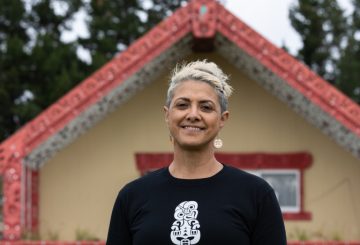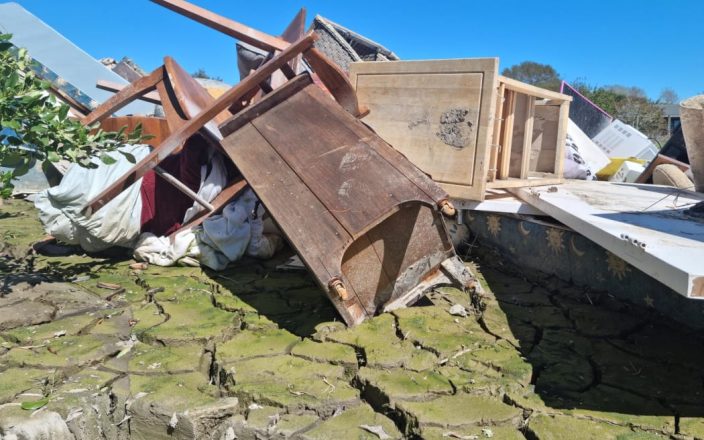Bộ trưởng Bộ Đa dạng, Hòa nhập và Cộng đồng Dân tộc Priyanca Radhakrishnan đã tuyên bố lợi ích của cộng đồng dân tộc sẽ bị đe dọa nếu một liên minh ACT-quốc gia thắng cuộc tổng tuyển cử năm nay. Bộ trưởng đã phát biểu một diễn đàn hậu ngân sách cho các cộng đồng dân tộc ở Auckland tuần trước.
“Tất cả những công việc tốt đẹp này được thực hiện bởi Bộ của tôi, và lợi ích chung của các cộng đồng dân tộc sẽ bị đe dọa nếu có sự thay đổi trong chính phủ vào tháng Mười. “Đảng ACT đã tuyên bố muốn bãi bỏ Bộ Cộng đồng Dân tộc. Với việc Đảng Quốc gia chưa có bất kỳ lập trường nào về nó, trong mọi khả năng, liên minh của họ sẽ bãi bỏ chức vụ nếu họ lên nắm quyền.”
Bộ trưởng đã đề cập đến ngân sách thay thế của ACT, trong đó vạch ra ý định của đảng nhằm bãi bỏ các bộ nhân khẩu học – bao gồm Bộ Đa dạng, Hòa nhập và Cộng đồng Dân tộc. “Bất kỳ ảnh hưởng bổ sung nào mà họ có đối với chính sách của chính phủ có thể là theo hướng gây tổn hại trong việc phá hoại sự thống nhất của New Zealand như một xã hội đa văn hóa hiện đại,”
Được yêu cầu bình luận về nhận xét của Bộ trưởng, lãnh đạo Đảng ACT David Seymour tuyên bố Bộ đã không thực hiện những lời hứa của mình. “Theo kinh nghiệm của tôi, người New Zealand muốn đường phố an toàn, sống giá cả phải chăng và được đối xử với phẩm giá – không phải là công dân hạng hai theo một Hiệp ước xoắn. “Các cộng đồng dân tộc sẽ được phục vụ tốt hơn theo đề xuất của ACT”.
Tín dụng: radi onz.co.nz





























































